3 minutes
Study of MOSFETs
MOSFET - Metal-Oxide-Semiconductor Field-Effect Transistor
Introduction
The MOSFET is a crucial semiconductor device widely used for switching and amplifying electronic signals. Known for its efficiency, speed, and small size, it is a primary building block of modern electronics, forming the foundation for integrated circuits in everything from computers to communication devices.
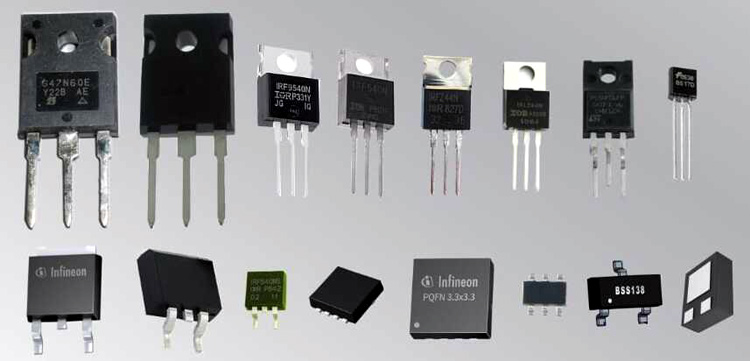
Brief History
The first MOSFET was developed in 1959 by engineers Mohamed Atalla and Dawon Kahng at Bell Labs. This innovation revolutionized the field of electronics, as it allowed for much smaller, faster, and more efficient circuits compared to previous technologies like bipolar junction transistors (BJTs).
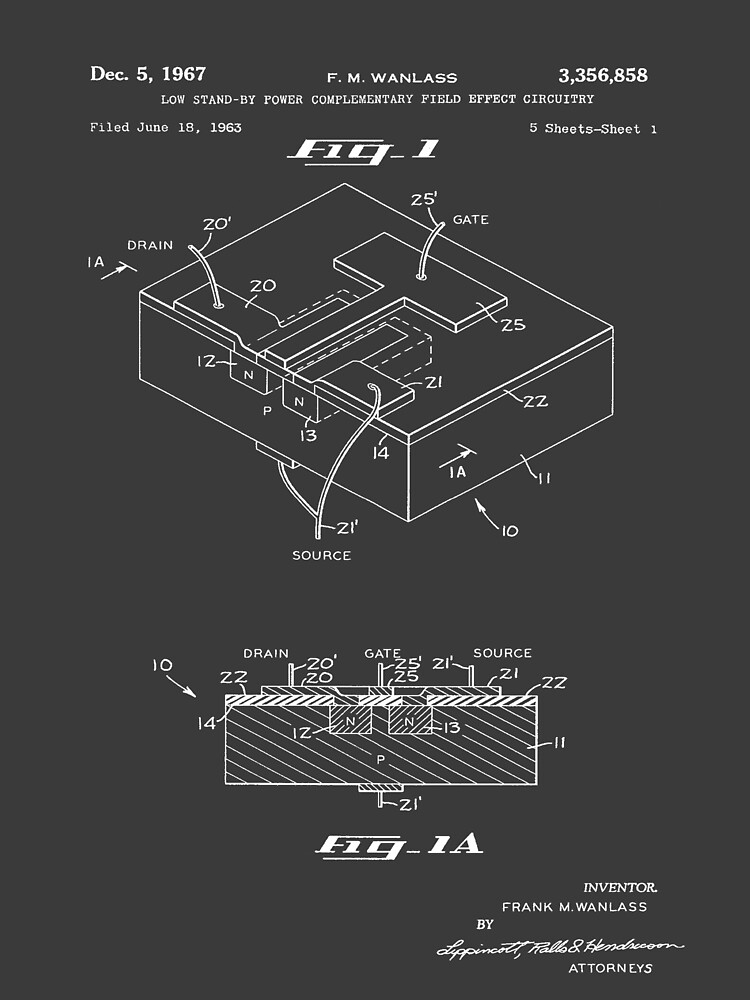
Types of MOSFETs
MOSFETs are broadly categorized into different types based on their structure and operation mode:
- Depletion-mode MOSFET:
- N-channel: Operates with a negative gate voltage.
- P-channel: Operates with a positive gate voltage.
- Enhancement-mode MOSFET (more common):
- N-channel: Requires a positive gate voltage for conduction.
- P-channel: Requires a negative gate voltage for conduction.
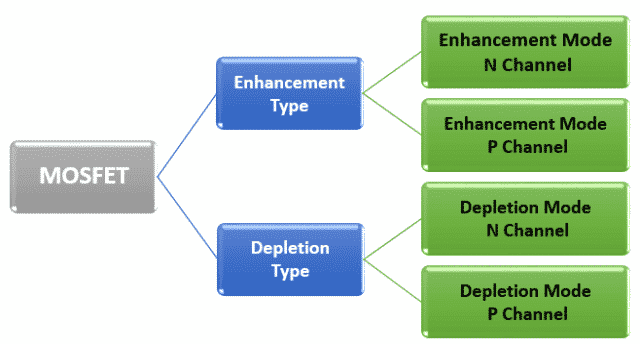
Each type has unique characteristics that make it suitable for specific applications, from digital circuits to power electronics.
The symbol of MOSFET used in circuits: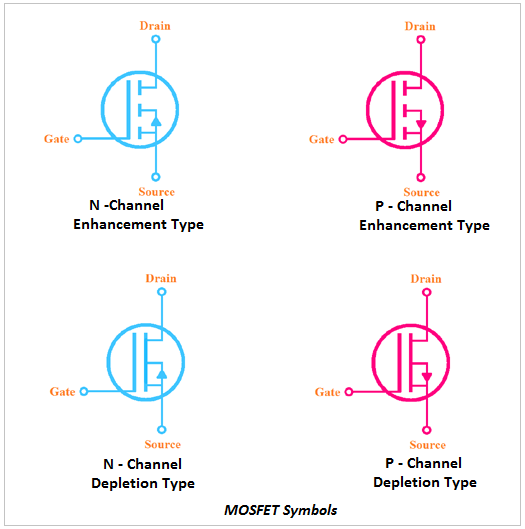
Theory of MOSFET Working
The working of a MOSFET relies on the voltage applied to its gate terminal, which controls the conductivity between the drain and source terminals. Here’s a simplified breakdown:
- Gate Terminal (G): The control input. A voltage applied here creates an electric field.
- Drain Terminal (D): The output end where current exits.
- Source Terminal (S): The input end where current enters.
- Body Terminal (SS): Often connected to the source in most applications.

When a voltage is applied to the gate, it creates an electric field that modulates the channel’s conductivity between the drain and source, thus controlling the flow of electrons (in N-channel) or holes (in P-channel). In enhancement-mode MOSFETs, the channel is normally off until the gate voltage is applied, while depletion-mode MOSFETs allow current flow without any gate voltage.
Example Circuit of MOSFET as a Switch
Below is an example circuit where a MOSFET is used as a switch: In this circuit, when a positive voltage is applied to the gate, the MOSFET channel is activated, allowing current to flow from drain to source, allowing the motor to spin.
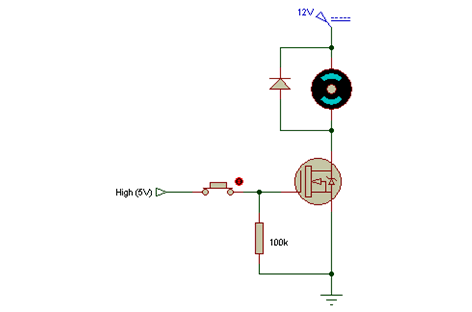
Real-life Applications of MOSFETs
MOSFETs are used in numerous applications due to their versatility and efficiency:
- Power Supplies: MOSFETs are essential in power supply circuits for switching and regulation.
- Audio Amplifiers: MOSFETs are preferred in amplifiers due to their high input impedance and linearity.
- Computing Devices: Billions of MOSFETs are used in processors and memory circuits to perform logic operations.
- Automotive Electronics: MOSFETs control various functions such as ABS braking systems and fuel injectors in cars.

Advantages vs. Disadvantages of MOSFETs
Advantages
- High switching speed and efficiency.
- Low power consumption.
- High input impedance.
- Scalability for miniaturization.
Disadvantages
- Susceptible to electrostatic discharge (ESD).
- Limited voltage ratings in smaller MOSFETs.
- Heat generation in high-power applications.
Conclusion
MOSFETs have become the backbone of modern electronics, from digital circuits to power management systems. Their efficiency, scalability, and versatility make them invaluable in both consumer electronics and industrial applications. As technology advances, MOSFETs continue to evolve, playing a crucial role in making devices more efficient and compact.
521 Words
2024-10-27 04:13